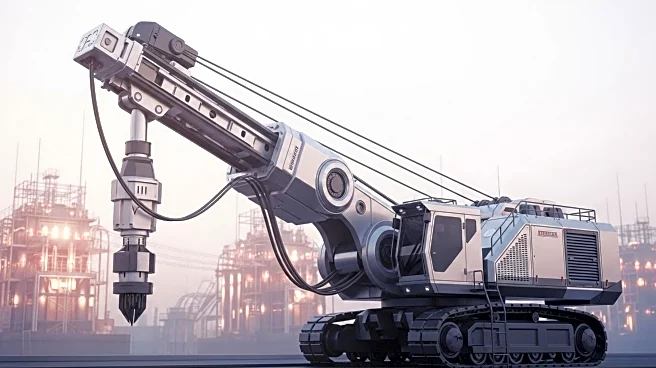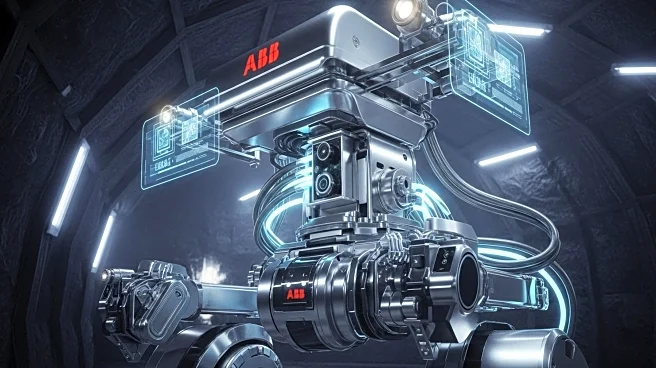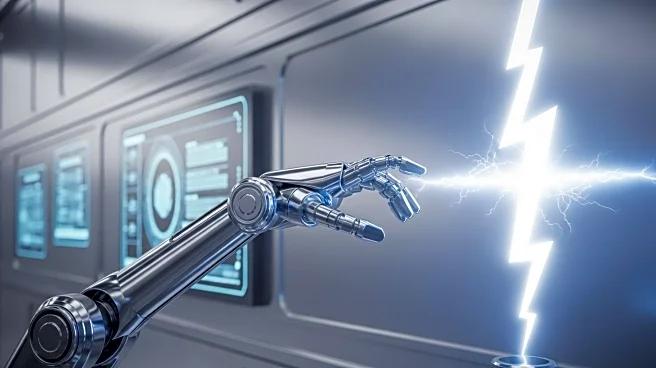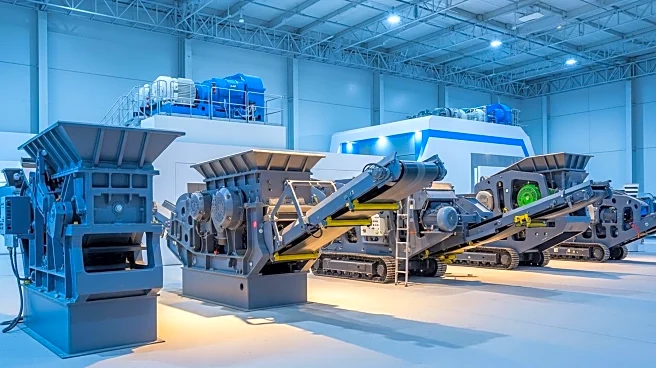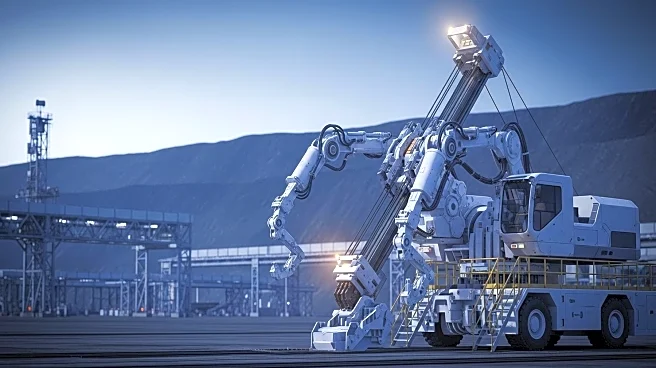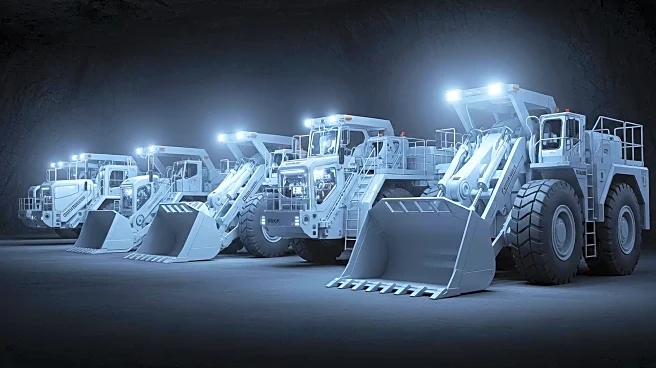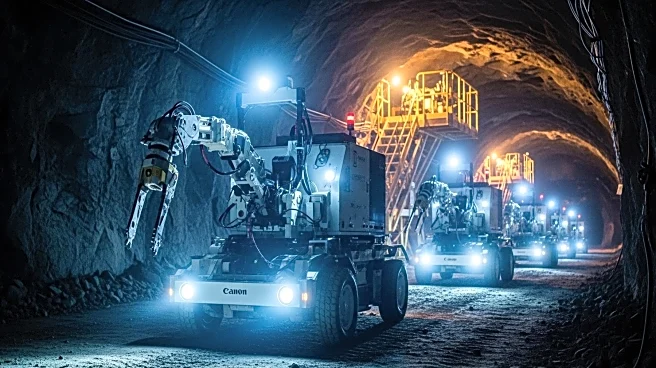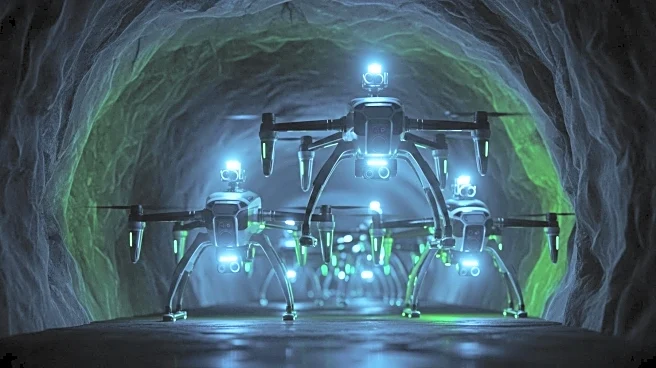What's Happening?
Remote operation technologies are revolutionizing the mining industry by enabling human operators to control and monitor equipment from a distance. These systems range from basic remote-control setups to sophisticated autonomous operations, significantly reducing labor costs and enhancing safety and productivity. The global mining automation market is projected to grow from $3.14 billion in 2020 to $4.84 billion by 2027. Key components include advanced sensing systems, intuitive human-machine interfaces, and robust communication infrastructure, all contributing to a transformative shift in resource extraction.
Why It's Important?
The adoption of remote operation technologies in mining addresses critical industry challenges such as safety risks, operational inefficiencies, and environmental impacts. By allowing operations in harsh environments while keeping workers safe, these technologies optimize resource utilization and improve equipment utilization rates. The significant reduction in mining fatality rates and increased productivity present a compelling business case for widespread adoption. As the industry moves towards more automated and data-driven operations, these technologies are essential for maintaining competitiveness and achieving sustainability goals.
What's Next?
The continued evolution of remote operation technologies will likely lead to further advancements in AI and machine learning applications, enhancing autonomous systems and predictive maintenance capabilities. Digital twin integration and robotics for specialized tasks are expected to play a significant role in future mining operations. As these technologies mature, mining companies will need to address technical infrastructure requirements, workforce transition challenges, and regulatory frameworks to ensure successful implementation. The industry's focus on sustainability and precision operations will drive innovation and operational excellence.
Beyond the Headlines
Remote operation technologies not only improve safety and productivity but also contribute to environmental sustainability by reducing unnecessary material movement and optimizing energy use. The shift towards more automated operations creates opportunities for workforce diversification and inclusion, attracting technology-focused talent to the industry. As mining companies invest in training programs and educational partnerships, the workforce will evolve to meet the demands of modern mining practices. These developments highlight the transformative impact of remote technologies on the industry's future.

